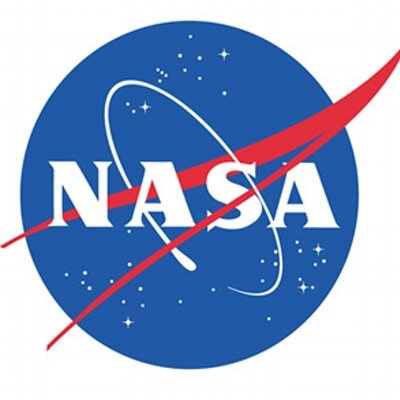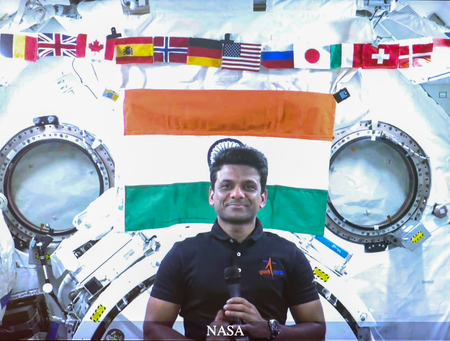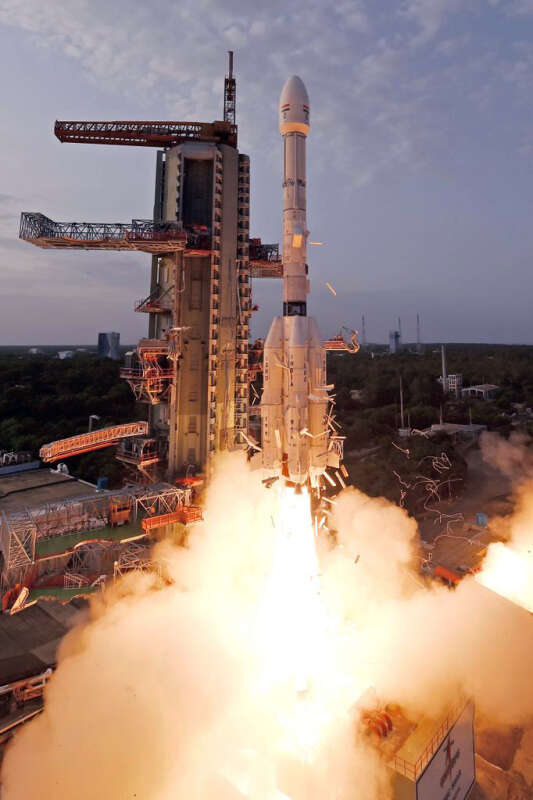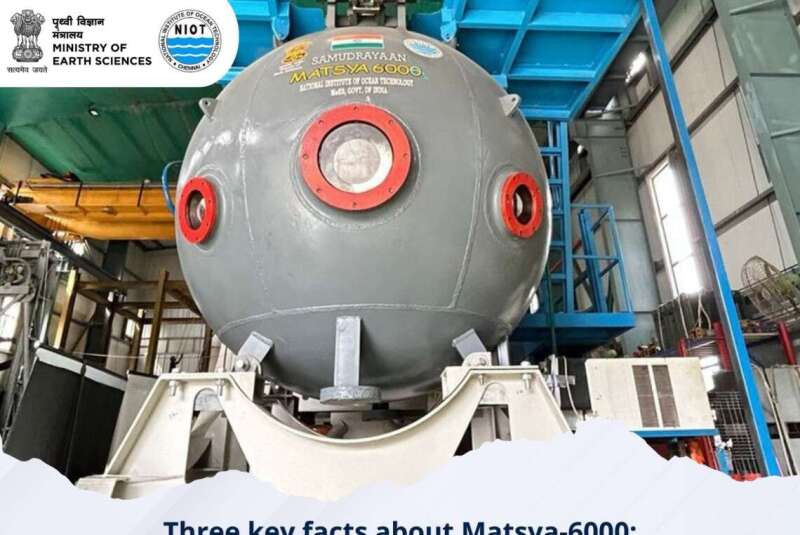NASA has awarded Pittsburgh-based space robotics startup Astrobotic $199.5 million to deliver a water-hunting rover to the Moons South Pole in late 2023.
The water-seeking mobile VIPER (Volatiles Investigating Polar Exploration Rover) robot will help pave the way for astronaut missions to the lunar surface beginning in 2024, NASA said on Thursday.
Scientific data gathered by VIPER also inform the selection of future landing sites for astronaut Artemis missions by helping to determine locations where water and other resources can be harvested to sustain humans during extended expeditions.
“Commercial partners are changing the landscape of space exploration, and VIPER is going to be a big boost to our efforts to send the first woman and next man to the lunar surface in 2024 through the Artemis program,” NASA Administrator Jim Bridenstine said in a statement.

VIPER’s flight to the Moon is part of NASA’s Commercial Lunar Payload Services (CLPS) initiative, which leverages the capabilities of industry partners to quickly deliver scientific instruments and technology demonstrations to the Moon.
As part of its award, Astrobotic is responsible for end-to-end services for delivery of VIPER, including integration with its Griffin lander, launch from Earth, and landing on the Moon.
During its 100-Earth-day mission, the approximately 454-kg VIPER rover will roam several miles and use its four science instruments to sample various soil environments.
The versions of its three water-hunting instruments will fly to the Moon on earlier CLPS lander deliveries in 2021 and 2022 to help test their performance on the lunar surface prior to VIPER’s mission, NASA said.
The rover also will have a drill to bore approximately three feet into the lunar surface.
VIPER will collect data — including the location and concentration of ice — that will be used to inform the first global water resource maps of the Moon.
Its science investigations will provide insights into the evolution of the Moon and the Earth-Moon system.
NASA has previously contracted with three companies to make CLPS deliveries to the Moon beginning in 2021.









